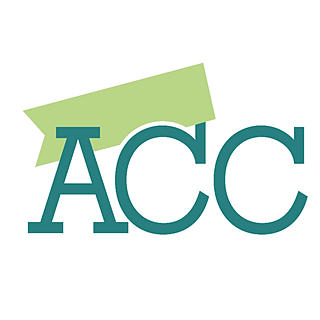Arizona Cancer Center Chapel by Architect Paolo Soleri, Named One of Arizona's Most Endangered Place
- Arizona Contractor & Community
- Dec 12, 2023
- 3 min read
An iconic chapel designed by a legendary architect is under threat of desecration by the University of Arizona. The Arizona Preservation Foundation and Tucson Historic Preservation Foundation jointly announced today that the iconic Arizona Cancer Center Chapel, designed by internationally acclaimed architect Paolo Soleri, has been officially designated as one of Arizona's most endangered historic places. The announcement comes in the wake of The University of Arizona's shocking decision to dismantle and harvest elements of the chapel to create a "meditation hallway” in the new Andrew Weil Center for Integrative Medicine.

The Soleri Chapel, completed in 1986, stands as a testament to the visionary work of Paolo Soleri, who was approached in the mid-1980s by Bernard "Bernie" Friedman of Friedman & Jobusch, the firm responsible for The University of Arizona Cancer Center's architectural designs. Inspired by the personal tragedy of losing his wife, Corolyn "Colly," to cancer in 1982, Soleri infused the chapel with a contemplative and intimate atmosphere, creating a space for solace and reflection for cancer patients and their families.
Featuring a barrel-vaulted ceiling formed using Soleri's groundbreaking earth casting technique, the chapel presents a unique texture reminiscent of the natural environment. The integral-colored botanical ceiling fresco further enhances the connection to nature. The chapel's elegant modernist altar, stained glass end panel, and signature cascade of hand-cast bronze bells representing donors and crafted by the Cosanti Crafts Studios, make it a true modern masterpiece often overlooked in discussions of Soleri's career.
Jim McPherson, Arizona Preservation Foundation board president, said, "The Soleri Chapel is a living testament to the power of architecture to heal and inspire. It is deeply disappointing that The University of Arizona has chosen a path of destruction rather than preservation. We implore university leadership to reconsider and engage in meaningful dialogue with community and preservation advocates to find a solution that honors the legacy of Paolo Soleri and protects this significant piece of our state’s cultural heritage."
Paolo Soleri, born in Turin, Italy, in 1919, played a pivotal role in shaping the field of architecture. A protégé of Frank Lloyd Wright, Soleri coined the term "arcology" to describe his vision of a balanced relationship between urban aesthetics, equality, and compassion for nature. His work, including the experimental planned sustainable community Arcosanti, has left an indelible mark on the architectural landscape.
Despite international recognition, the Soleri Chapel now faces imminent destruction. The University of Arizona's plans to dismantle and harvest concrete elements and bells for use in the new building have been met with widespread concern. Numerous organizations and prominent figures, including the Tucson Historic Preservation Foundation, Arizona Preservation Foundation, State Representatives Chris Mathis and Betty Villegas, and Pima County Supervisor Matt Heinz, urged the University to reverse its decision and explore alternative paths.
Shockingly, the University ignored these pleas, neglected to engage with stakeholders, and failed to consult with the Arizona State Historic Preservation Office, as required by ARS 41-864. On December 7, 2023, an email was sent by a university representative confirming their intention to proceed with the destruction of this architectural treasure.
Demion Clinco, Tucson Historic Preservation Foundation CEO, said, "This decision by The University of Arizona is a heartbreaking blow to our shared cultural heritage. The Soleri Chapel is not just a physical structure; it is a testament to Paolo Soleri's profound impact on the architectural world. Its destruction represents a loss for Arizona and the broader architectural community."
Individuals concerned about the future of the chapel are encouraged to contact:
University of Arizona President Robert C. Robbins: president@email.arizona.edu or 520-621-5511
Dr. Andrew Weil: cwillett@weilfoundation.org or on X (twitter) @drweil
Arizona Board of Regents Director John Arnold: John.Arnold@azregents.edu or 602-229-2500








Comments